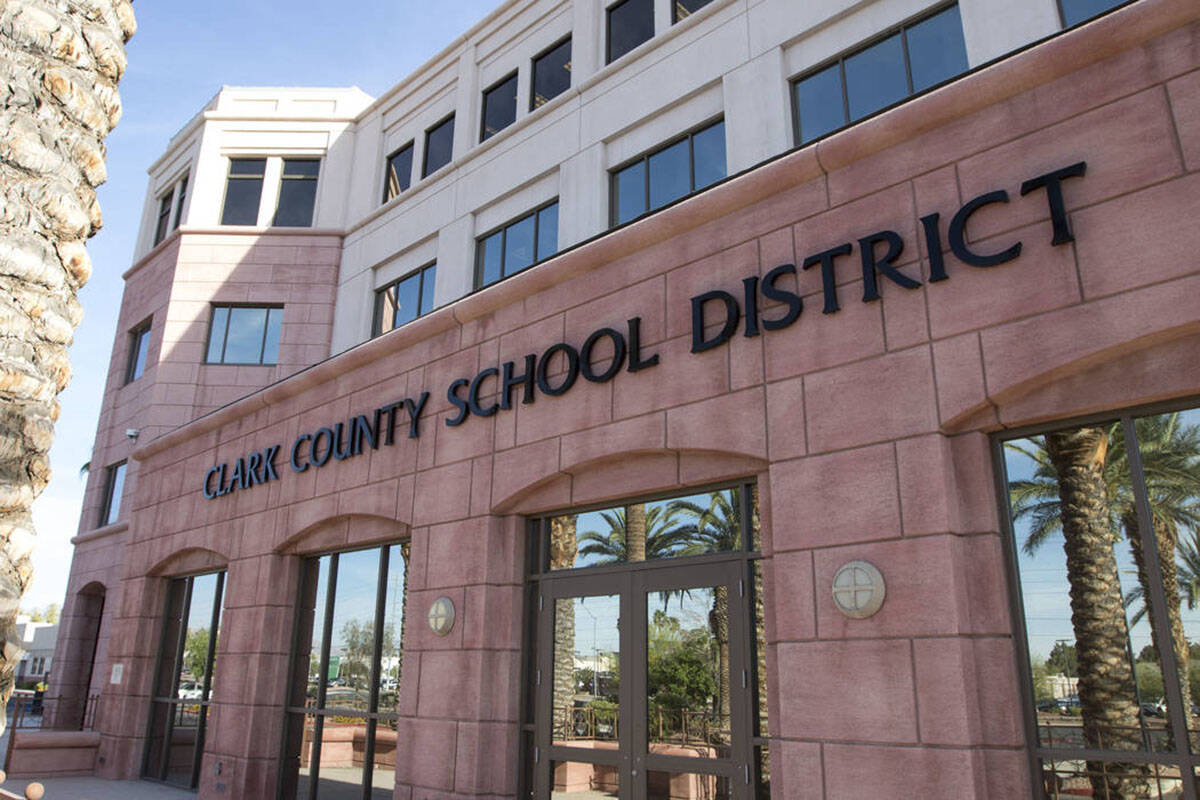EDITORIAL: CCSD needs to consider options for capital needs
Amid a steady drop in enrollment, the Clark County School District claims to need billions more for buildings.
Last week, the Board of Trustees heard an update on the 2015 Capital Improvement Plan. As the result of property tax extensions that voters didn’t approve, the district currently has $7.7 billion in available bond resources. That’s a lot of money. But the district says it has $15.3 billion in total capital needs.
“This includes deferred maintenance, critical infrastructure improvements, such as our HVAC systems, plumbing, electrical (and) security systems,” Brandon McLaughlin, assistant superintendent of the Construction and Development Division, said. “It also includes new schools anticipated with growth, as well as a growing need of replacement schools for schools that were built 50 years ago and beyond.”
One thing should jump out immediately. Maintenance shouldn’t be funded by bond dollars. Those are ongoing, regular and expected costs. If maintenance isn’t done routinely, it can shorten the life cycle of equipment and dramatically increase costs down the road.
The problem is that Nevada’s collective bargaining law gives unions too much control over district finances. The unions prioritize immediate pay hikes, not setting aside money for the mundane but important purposes such as maintenance. The district needs to be honest with the public about this problem.
Another challenge is the spike in the costs of materials and labor, which are up more than 60 percent in recent years. It doesn’t help that state politicians force the district to pay prevailing wage rates on large projects.
Richard Baldwin, the district’s director of comprehensive planning, also shared an update on the district’s enrollment. It’s expected to drop by an average of 3,684 students in each of the next five years. That’s around a 1.5 percent annual decrease.
One factor is the declining local birth rate, but another factor is that parents are looking for alternatives. Before the pandemic, the district enrolled some 85 to 88 percent of the number of students born five years earlier. This year, it’s under 70 percent. As a result, the district has extra capacity in elementary and middle schools. Fewer than 80 percent of middle school space is utilized. Making matters worse, the space isn’t spread evenly throughout the district. Some schools are over capacity.
If the district doesn’t have enough money to maintain all its facilities, it needs to take a close look at those underutilized campuses. One option may be consolidating and closing schools. The campuses could be leased or sold to charter operators, which would improve district finances.
These are alternatives the district should pursue before asking voters to tolerate more tax increases.

















